Tyler Mitchell, Collier Schorr, Jack Davison, Wolfgang Tillmans, Vivienne Westwood, and Stephen Shore are among the impressive list of contributors to LIMBO — a new magazine supporting out-of-work creatives during the pandemic
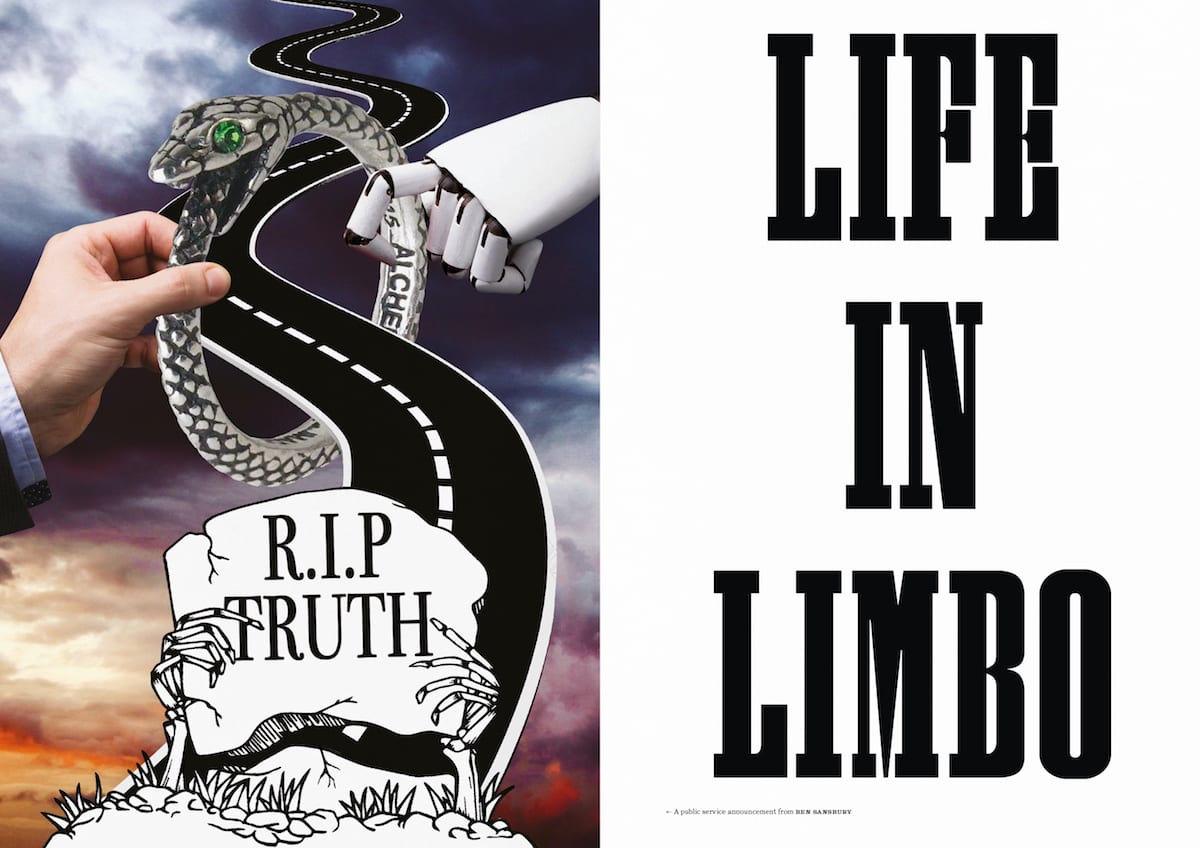

Tyler Mitchell, Collier Schorr, Jack Davison, Wolfgang Tillmans, Vivienne Westwood, and Stephen Shore are among the impressive list of contributors to LIMBO — a new magazine supporting out-of-work creatives during the pandemic
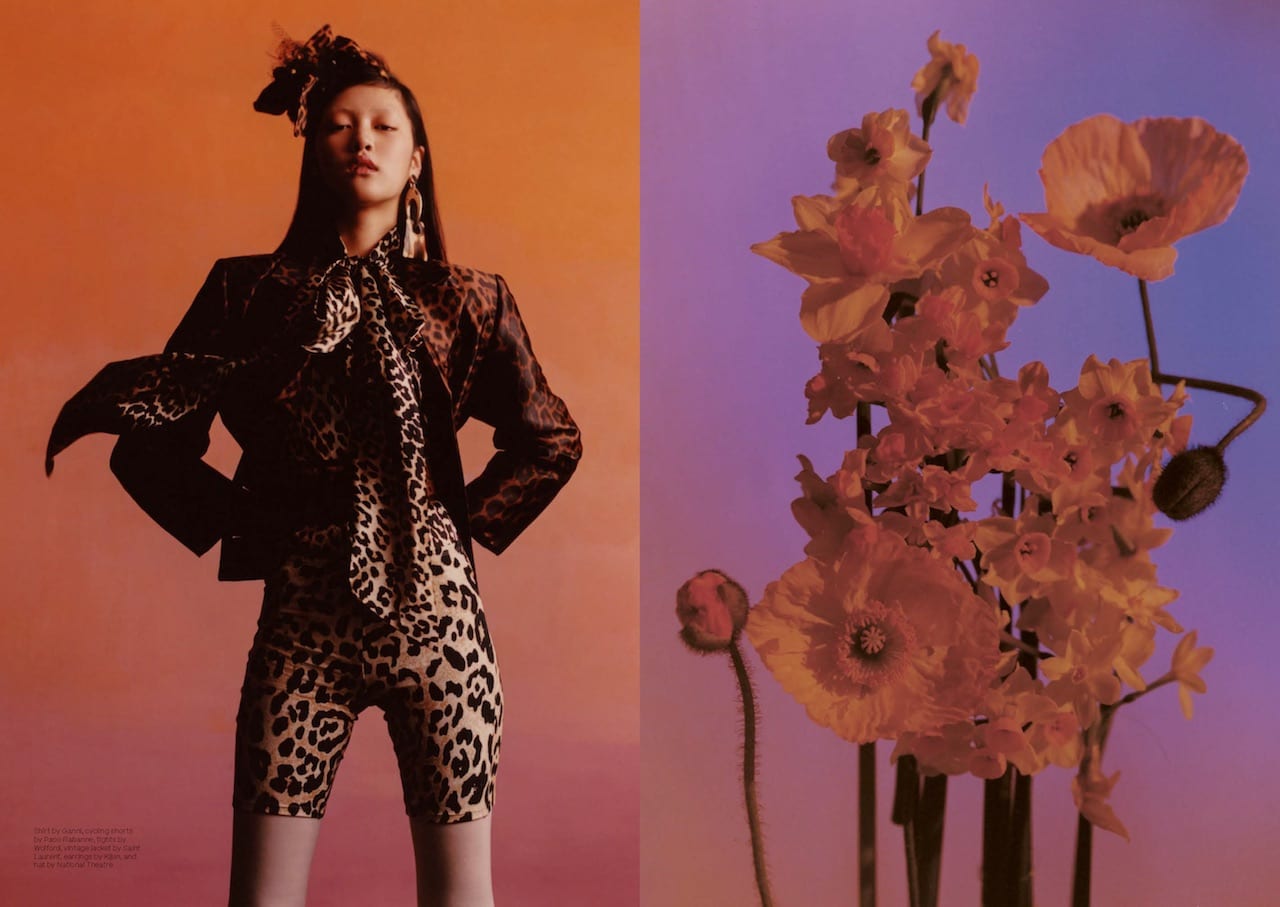
Dedicated to the creative legacy of Nobuyoshi Araki, the first issue of dada magazine champions mostly-female creatives and their nuanced explorations of sexuality
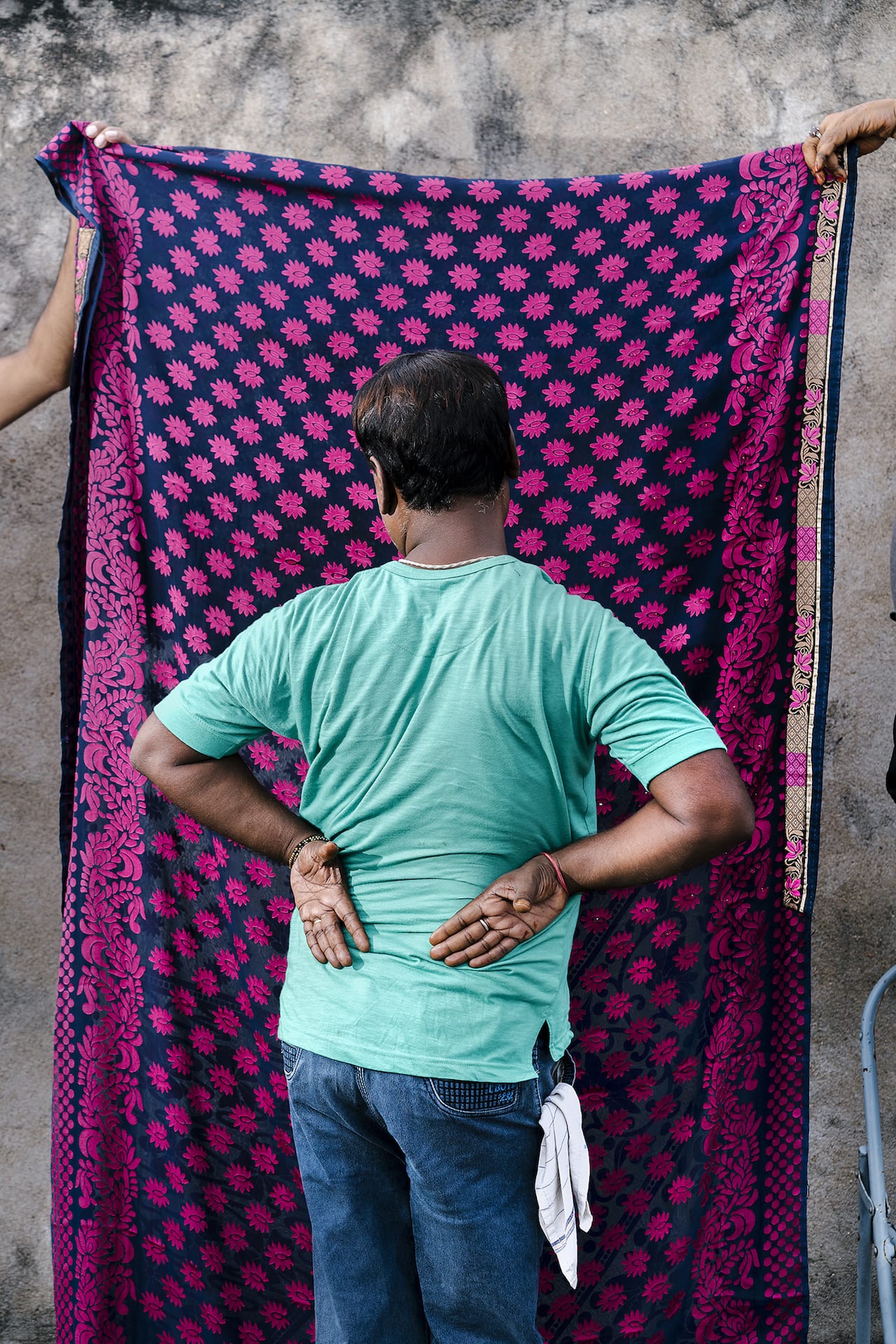
As the apps we use become a bigger part of our daily routines, the line between our digital and real lives is increasingly blurred. “But there’s a tension point where privacy comes in which makes everything even more complicated,” says VICE editor in chief Ellis Jones. How much of ourselves do we share publicly and how do we decide which pieces to share? Which labels do we use to describe ourselves? And how do we avoid others imposing labels onto us? These are a few of the questions posed in “The Privacy and Perception Issue”, VICE’s annual photography magazine.

After graduating in 2012 with a BA in photography from University of the West of England, Bristol, Max Ferguson became quickly disillusioned by the lack of viable career paths or platforms that would publish his or his friends’ work.. Growing frustration quickly turned into inspiration, however, and with that came the idea to create a platform from scratch in the form of Splash and Grab.
“The magazines I really liked or wanted to work for were either shutting down or not in a position to reply to emails, let alone give me a job,” he explains. “So I just decided to start something myself. Lots of magazines start in those DIY circumstances I suppose, with some hot headed graduate who thinks everything will be really easy but ends up finding it really difficult.”
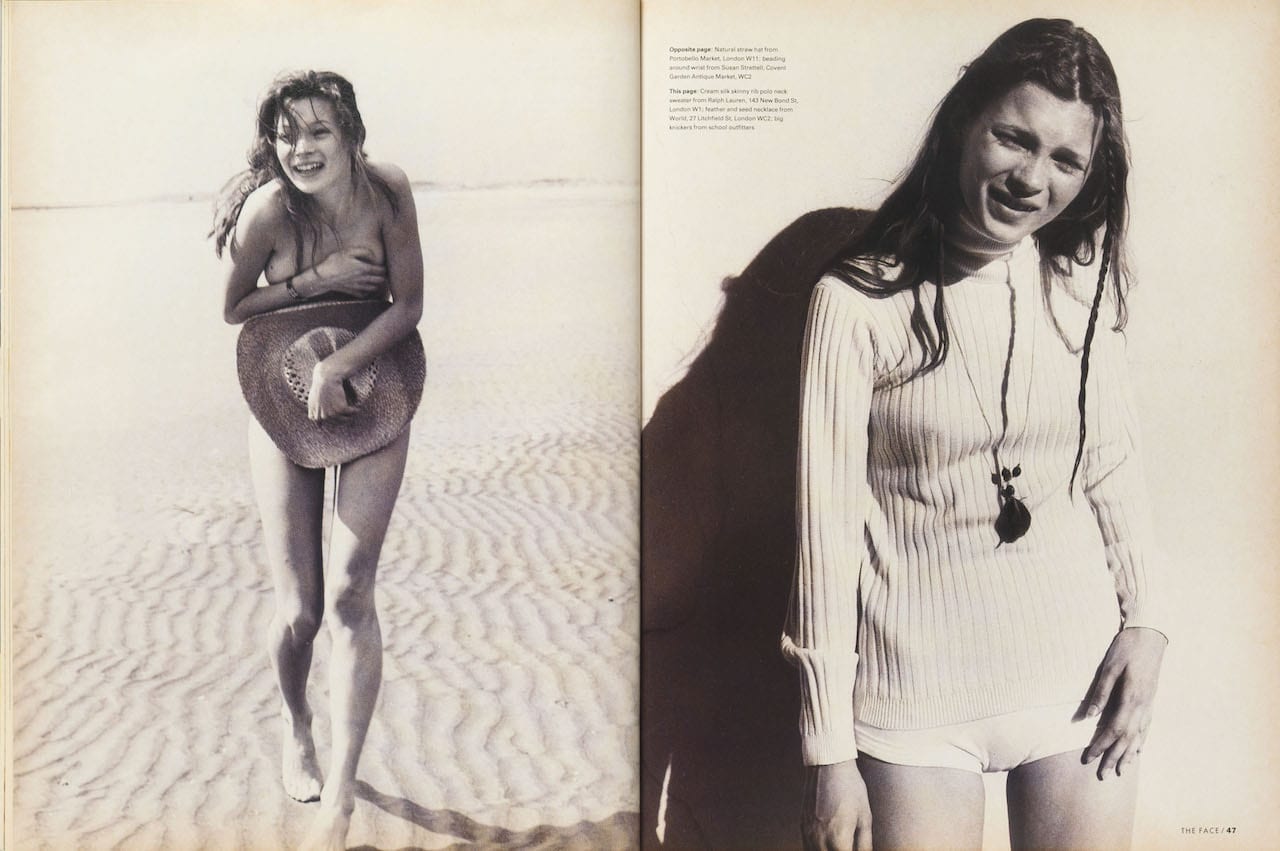
“The photography in The Face highlighted the important fact that none of these cultural things existed in a vacuum,” says Paul Gorman. “It was nearly always reportage.” In his new book The Story of The Face: The Magazine That Changed Culture, the long-standing author and music journalist hopes to show just how important the iconic magazine was in shifting British perspectives on culture – and how photography helped it do so. Founded in 1980 by Nick Logan, the same man behind NME and Smash Hits, The Face was one of the first UK magazines to champion youth and counter-culture, fashion, music and film under one banner, and in doing so, argues Gorman, helped launch some of the most influential music, fashion and documentary photographers of our time, including Sheila Rock, Corinne Day, Juergen Teller, Nick Knight and Ewen Spencer.

When George Pitts died earlier this year, Vice photo editor Elizabeth Renstrom was struck by how much he had influenced her work and her approach to photography. Deciding the theme for this year’s photo issue seemed a natural progression: Idols. The issue presents up-and-coming photographers alongside the more established names that have made a big impact on their craft.
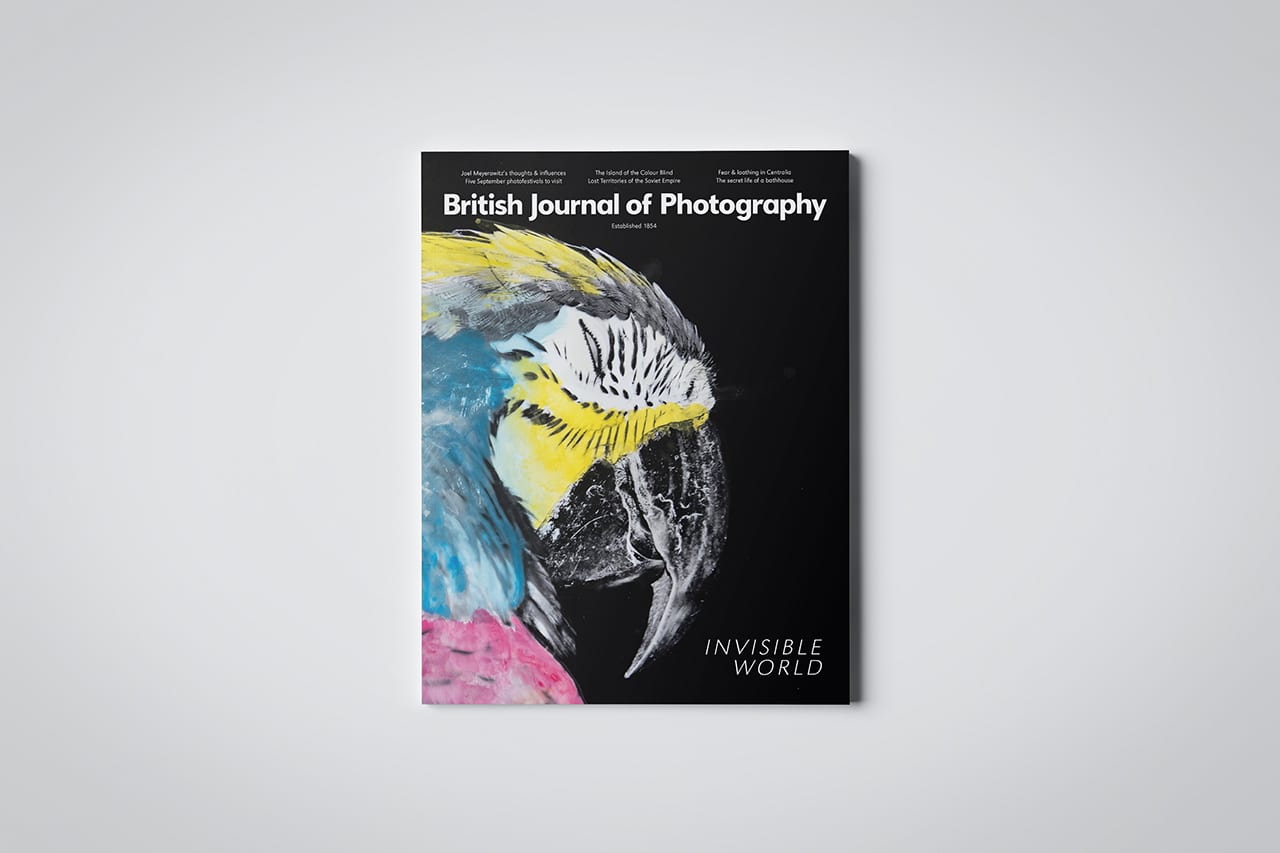
The September issue brings the otherwise invisible into sharp focus. Invisible World explores forgotten conflicts, intimate retreats, abused landscapes and remote islands to uncover the hidden realities and unknown societies behind ordinary backdrops. “As social beings, we all demand to be seen,” says Hoda Afshar, whose latest series, Behold, takes us to an exclusive male-only bathhouse. Her point resonates with all the photoseries explored in this issue: how do we negotiate our surroundings, how do we see our societies, how do we interpret our world? We need to first see the invisible to answer these ever salient questions.